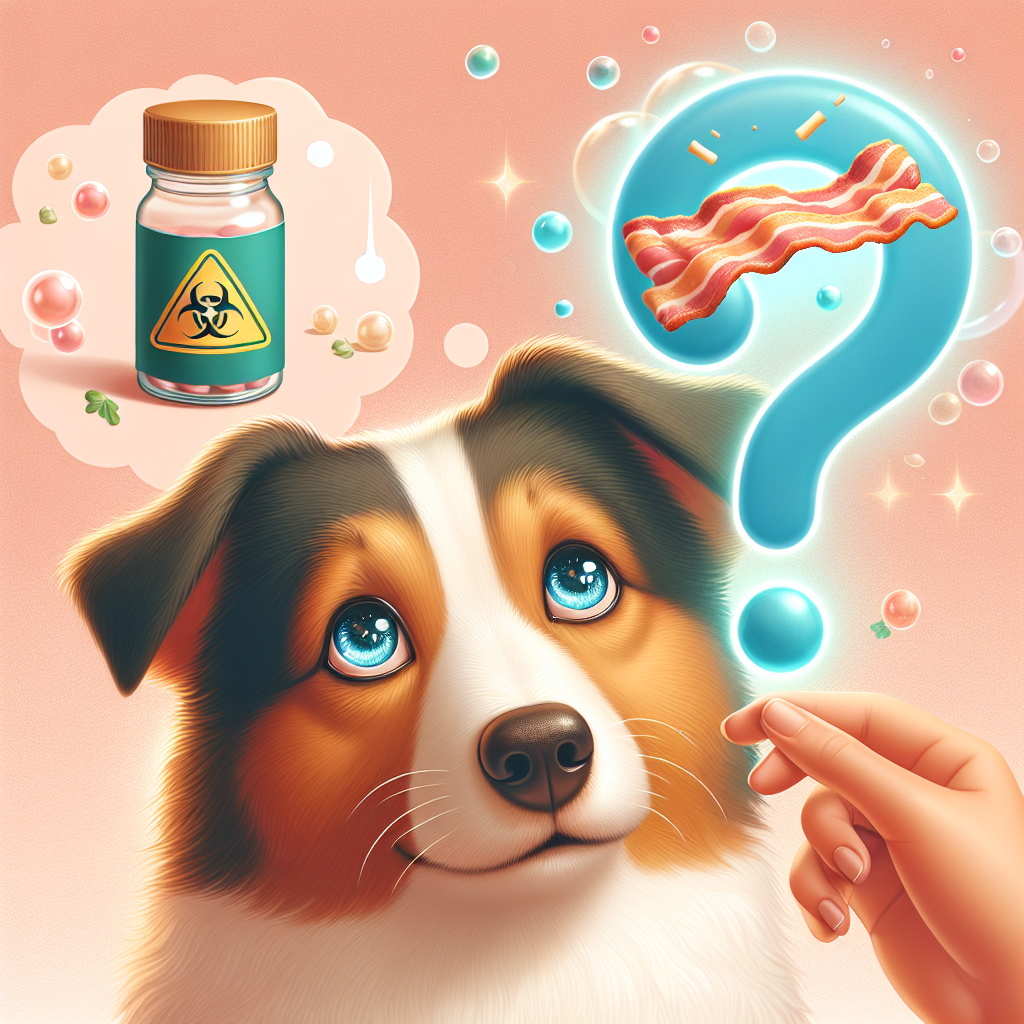Can Dogs Eat Dragon Fruit?
As dog owners, we often find ourselves seeking new and nutritious treats to offer our furry friends. Fruits can be a healthy addition to a dog’s diet when given in moderation, but not all fruits are safe for canine consumption. One intriguing fruit that has gained popularity in recent years is the dragon fruit, also known as pitaya. But can dogs eat dragon fruit? Let’s explore the nutritional profile of this exotic fruit and its potential benefits or risks for our canine companions.
What is Dragon Fruit?
Dragon fruit is the fruit of several different cactus species indigenous to the Americas, particularly the Hylocereus and Selenicereus genera. It is easily recognized by its vibrant pink or yellow skin and its unique, spiky appearance. The soft, sweet flesh can be either white or red, speckled with tiny black seeds. Dragon fruit is not only visually appealing, but it is also low in calories and packed with essential nutrients, including vitamins C and B, fiber, and antioxidants.
Nutritional Benefits for Dogs
While dogs are primarily carnivorous, they can certainly benefit from small amounts of fruits and vegetables. Dragon fruit contains several nutrients that may be beneficial for dogs:
-
Vitamins and Minerals: Dragon fruit is rich in vitamin C, which can support the immune system and help reduce inflammation. Additionally, it contains calcium, magnesium, and iron, which are important for maintaining strong bones and overall health.
-
Antioxidants: The antioxidants in dragon fruit can help combat free radicals in the body, reducing the risk of chronic diseases and promoting healthy aging.
- Fiber: The fiber content in dragon fruit may aid in digestion and help maintain a healthy gut.
Is Dragon Fruit Safe for Dogs?
The good news is that dragon fruit is generally safe for dogs to consume in moderation. However, there are a few important considerations to keep in mind:
-
Allergies and Sensitivities: Like humans, dogs can have food allergies. When introducing any new food, including dragon fruit, it’s wise to start with a small amount and monitor for any adverse reactions, such as gastrointestinal upset.
-
Preparation: If you decide to offer dragon fruit to your dog, make sure to peel it and remove the seeds. While the seeds are small and unlikely to cause harm in moderation, some dogs may have difficulty digesting them.
-
Moderation is Key: Fruits should only be a small part of a dog’s overall diet. Too much fruit can lead to digestive upset or an imbalance in their diet. Treat dragon fruit as an occasional treat rather than a regular part of their meals.
- Consult Your Veterinarian: Before introducing any new food into your dog’s diet, it’s always a good idea to consult with your veterinarian, especially if your dog has pre-existing health conditions or dietary restrictions.
How to Serve Dragon Fruit to Your Dog
If your dog has no adverse reactions and you receive the green light from your vet, you can introduce dragon fruit as a special treat. Here’s how to prepare it:
-
Select a Ripe Dragon Fruit: Look for fruit that is bright in color and slightly soft to the touch.
-
Remove the Skin: Cut the dragon fruit in half, and with a spoon, scoop out the flesh, avoiding the skin and any seeds.
-
Serving Size: Start with a small piece, approximately a tablespoon-sized portion, to see how your dog reacts.
-
Chop into Small Pieces: Depending on your dog’s size, chop the dragon fruit into appropriately sized pieces to prevent choking.
- Serve Fresh: You can offer dragon fruit fresh or mix it into your dog’s food for added flavor and nutrition.
Conclusion
In summary, dogs can safely enjoy dragon fruit as a nutritious and tasty treat, provided it is prepared properly and served in moderation. With its rich nutrient profile, dragon fruit can provide your dog with additional vitamins, minerals, and antioxidants to support their health. Always keep in mind the importance of a balanced diet and consult with your veterinarian before adding new foods to your dog’s meal plan. Happy treating!





